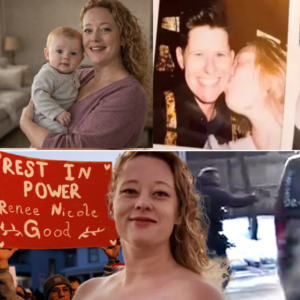LeBron James’ absence due to ankle tendinitis adds to Lakers’ struggles, as Timberwolves secure victory and tie for NBA’s top spot.

On Thursday, the Timberwolves triumphed over Los Angeles 118-111, sending the Lakers — minus LeBron James who rested for the second night of back-to-back matches — into their fourth consecutive loss.
The victory saw the Timberwolves, with a record of 21-6, tie themselves with Boston for the highest overall standing in the NBA.
Minnesota’s Karl-Anthony Towns contributed 21 points before hobbling to the locker room for additional inspection of a lower-leg injury.
He left the game with 5:07 remaining and his team reawakened after a lackluster third quarter.
Meanwhile, Mike Conley amassed 16 points, eight assists, and two out of the team’s 13 steals for the game, while Rudy Gobert chipped in with 15 points and 13 rebounds.
The Lakers are 1-5 since winning the in-season tournament pic.twitter.com/qKbIGa0jRH
— NBACentral (@TheDunkCentral) December 22, 2023
This effort helped the Timberwolves steer clear of back-to-back losses for the first time in the season, improving their home record to 12-1.
For the Lakers, Anthony Davis earned 31 points and eight rebounds. Rui Hachimura — filling in for James, who was nursing an ankle tendinitis — added 18 points.
Despite their effort, the Lakers slipped to a 1-5 record since claiming victory in the NBA In-Season Tournament. Their overall standing sits at 15-14, with a 5-11 record on the road.
In the last 12 days, the Lakers have been going through a small rough patch. It’s unclear whether their lackluster performance is related to the energy they exerted during their first sideshow victory in Las Vegas on December 9th.
Understanding James’s Peroneal Tendinopathy: Implications, Causes, and Treatment
James is coping with an injury that may be unfamiliar to many NBA fans. It’s more than just a simple ankle injury; it’s a condition he could anticipate, seeing as he is in his 21st NBA season.
The condition he’s dealing with is known as peroneal tendinopathy.
LeBron James (left ankle peroneal tendinopathy) is out tonight against Minnesota, per the Lakers.
— Jovan Buha (@jovanbuha) December 21, 2023
According to the Cleveland Clinic, peroneal tendinopathy is the inflammation of the tendons that extend from the outside of the ankle bone to the side of the foot, resulting in ankle pain.
The main culprit of peroneal tendinopathy is usually an overuse or sudden surge in using these tendons.
This injury is especially prevalent among marathon runners due to the constant and excessive ankle pressure, as Foot Care MD stated.
The silver lining of peroneal tendinopathy is that it doesn’t necessitate urgent surgery unless the symptoms progressively worsen without any form of treatment.
The simplest remedy for this injury is rest, which entails staying off the affected foot.
Alternatively, treatment may encompass icing the ankle, bracing the ankle, participating in physical therapy exercises like stretching to regain strength and refraining from physically demanding activities.
However, adhering to these treatments may pose a challenge for someone immersed in an intense 82-game regular season.





